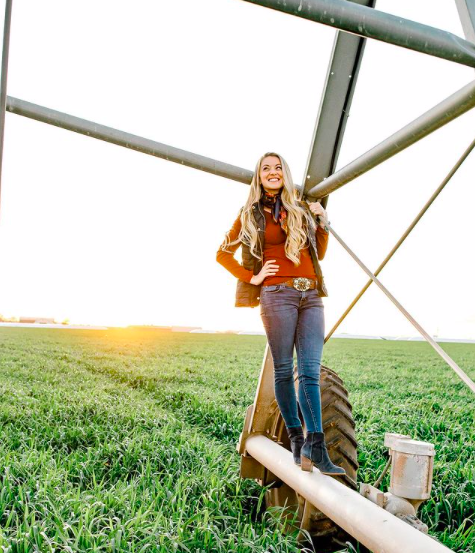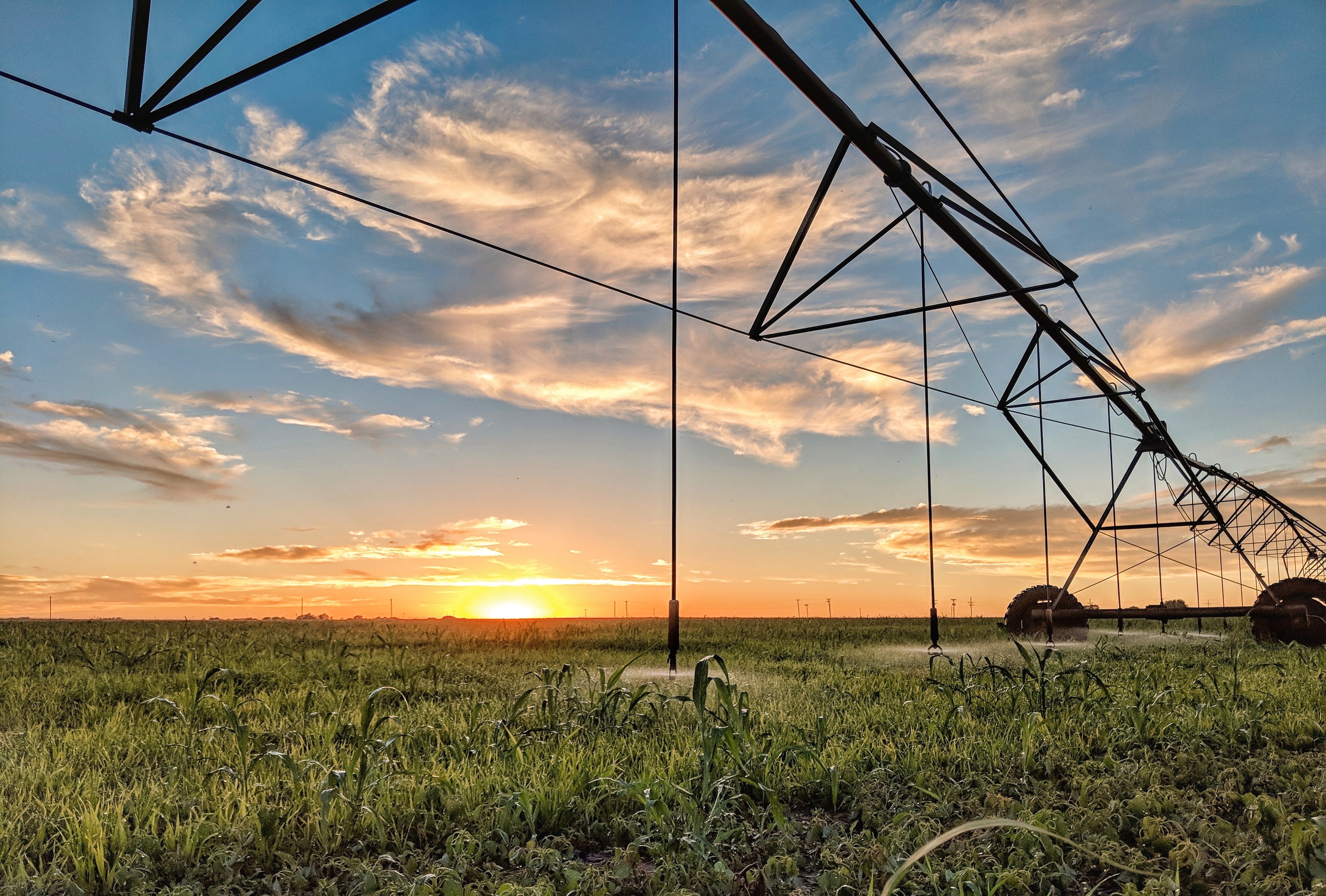
Living within extreme drought has become the new norm in some parts of the country, and it’s not predicted to change anytime soon. While farmers have always strived to be good water stewards, they are feeling the pressure now more than ever and it’s becoming increasingly important to make every drop of used water count.
“New Mexico has been in a drought for what feels like most of my adult life,” says Tara Vander Dussen, an environmental scientist and New Mexico dairy farmer. “We’ll have a couple of years of good rainfall, kind of like what this year is shaping up to be, but overall, we’re usually in a drought.”
Vander Dussen, who’s family operates Rajen Dairy located in Eastern, N.M., relies on 100% groundwater from the Ogallala Aquifer, the largest aquifer in the United States. However, the groundwater within the aquifer has been a steady decline over the years, raising conservation concerns across the country.
“For us, conserving water is not really something new,” Vander Dussen says. “It’s always been something we’ve just felt that we had to do, not just because of sustainability reasons. But it’s becoming more and more crucial for us to conserve water on our dairy. We don’t want to pump water if we don’t have to, so that means we need to reuse the water that we have and then really optimize the water we are using to water our crops.”
Similar to the Vander Dussen’s, dairy farmers across the country are implementing practices to reuse water on their facility multiple times. Though this has been a common practice across agriculture for decades, it’s also become a part of the dairy industry’s Net Zero Initiative. The Innovation Center for U.S. Dairy has set aggressive new environmental stewardship goals to advance dairy’s role in building a sustainable future, including its ambitions to achieve neutral or better carbon emissions, optimize water usage and improve water quality by 2050.
“U.S. dairy is making a promise for a better future,” says Krysta Harden, executive vice president of global environmental strategy for Dairy Management, Inc. and the Innovation Center for U.S. Dairy. “By expanding, operationalizing, and measuring sustainability practices across farming and dairy companies, we’re harnessing the power of a strong, connected and diverse sector to nourish people, the planet and local communities. We’re putting a stake in the ground to say, ‘U.S. dairy will give more than it takes.’”
Reusing and Recycling

There are several different ways to reuse water on a dairy facility. Whether it’s using recycled water to sanitize milking equipment or reusing water to flush away manure, farmers are continually finding ways to conserve water.
At Rajen Dairy, the Vander Dussen’s reuse water up to four times on their facility.
“What happens the first time is we use water to cool the milk,” Vander Dussen says. “Since groundwater is about 55°F and milk comes out of the cow at about 100°F, we can use that cooler groundwater to cool the milk before it actually goes to the chiller.”
The second way the Vander Dussen’s reuse their water is by utilizing it to help sanitize some of their milking equipment. “Since that water that we used to chill the milk hasn’t touched anything, we can use it to clean some of our equipment,” Vander Dussen notes.
From there, the water is stored in the lagoon until it is needed to flush away manure within the barn. “We use that water to flush out our holding pen during milking,” Vander Dussen says. “Then we store that water in a lagoon until we use it again to flush out the alleyways behind where the cows like to stand and eat their food.”
After the water has been used to clean the alleyways, it is stored once more before being used for a final time. “Once we’ve used the water to clean the barns, we store it in the lagoon again before it ultimately goes out onto our fields to water our crops,” Vander Dussen says. “Just before we put it on the fields, we do a test four times a year to see what the nitrogen content is so we can avoid an over application of nitrogen.”
Continued Conservation

For the Vander Dussen’s conserving water has become second nature. Water usage is becoming stricter, and the New Mexico government has stepped in to ensure not too much water is being used.
“We are regulated on exactly how much water we are allowed to pump every day,” Vander Dussen notes. “We have a meter going into our barn that gives us a reading on the gallons of water we are using per day, and we have to stay under that number.”
As the drought intensifies in the western part of the U.S., water conservation concerns continue. While farmers are no stranger to conserving this precious resource, government regulations may begin to intensify across the country.
“I think the government will continue to control the amount of water farmers use,” Vander Dussen says. “But producers are innovative and there are lots of easy ways to reuse what we have. If every dairy cut back its water usage by 10%, that 10% multiplied by 37,000 dairies equates to a lot of water conserved.”























